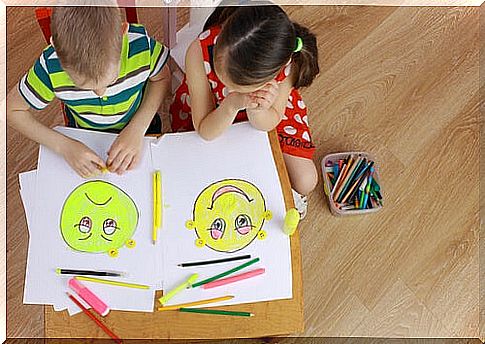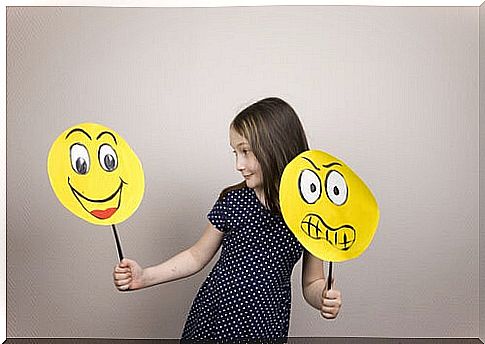Emotional Literacy: Identifying, Understanding And Expressing Our Emotions

Knowing what we feel and how we feel it is not an easy task. The emotional universe is still a total unknown for each of us, to a greater or lesser extent. In this context, emotional literacy emerges as an alternative to fill all those emotional voids that still haunt us.
Nobody taught us what emotions are, what functions they have or how we can identify them. No subject cared about it in school and it was not even considered as something important to our education: a fascinating battle in which it was understood that others could say little for you. In this sense, emotions have gone unnoticed for years, until little by little they have gained the prominence they deserve.
Today, in addition to being social beings, we know that we are emotional beings and that depending on how we manage this sparkling internal dialogue, this is how we will find ourselves. Without a doubt, emotions have gained ground, demanding that education take a step forward in this regard. Let’s take a closer look at what emotional literacy is all about.
What is emotional literacy?
The word literate is commonly related to the process of teaching to read or write. Basic skills in the educational field. However, it seems that this concept has gradually developed different surnames depending on the content of the teaching. An example of this are the terms of computer, scientific or technological literacy.
With these advances, we cannot help but think that education seems to be facing new challenges. Among them, one of the most prevalent and interesting for our well-being is emotional literacy: the process of educating emotions, beginning in the school environment.

Emotional literacy is about teaching what emotions are, what they are for, and how they are expressed. It is teaching to understand oneself and to understand others on an emotional level. An educational challenge that more and more schools and nursery schools are facing through programs in which emotional education is already integrated.
In fact and as a point, the concepts of emotional literacy and emotional education are used interchangeably to refer to the same thing. A train with a different name and the same route.
Authors such as Daniel Goleman or Rafael Bisquerra have shown great interest in this concept and even more so in its development. Specifically, Goleman points out that the education of character, moral development and citizenship of an individual go hand in hand with emotional literacy and education in emotional intelligence.
Thus, emotional literacy stands as an opportunity to deal with disruptive behaviors, aggressiveness or conflicts in interpersonal relationships. Since the absence of emotional competences is usually linked to these problems. So if you educate yourself on emotions, these types of situations will probably decrease.
Goals of emotional literacy
Beyond making known the emotional universe in which we are all immersed, emotional literacy seeks a series of objectives (Carpena, 2001; Vallés, 2000; Bisquerra, 2000; among others):
- Identify cases of poor emotional performance.
- Know what emotions are and how to recognize them in others.
- Learn to classify emotions.
- Modulate and manage the level of emotionality.
- Develop tolerance for the frustrations of daily life.
- Prevent the use of addictive substances and other risk behaviors.
- Build resilience.
- Adopt a positive attitude towards life.
- Prevent interpersonal conflicts.
In addition, other authors indicate other objectives, such as the learning of empathy, emotional self-control and the delay of gratification. Positive behaviors that, in one way or another, not only influence their own well-being, but also that of others.

The fruits of emotional literacy
The promotion of the knowledge of emotions from the classroom aims that we learn to be intelligent in order to be happy. An intelligence focused from a comprehensive perspective in which not only the cognitive dimension is important, but also needs to be nourished by the emotional and behavioral dimensions.
By this we mean that it is not only important to attend to what and how we have to experience everything we feel; Rather, its expression, together with how we should process the information that emotions transmit to us and finally, how we manage them, influences our psychological well-being.
In addition, from this teaching and learning process not only children benefit, teachers and the entire educational community also receive part of the interest precisely by showing it. And in some way, parents also do want and try to consolidate what they have learned in class with their children.
Emotional literacy is first and foremost a challenge and as such an opportunity. A bridge that facilitates knowledge of oneself and ultimately of relationships with others. We are talking, without a doubt, of an awakening that is worthwhile.









